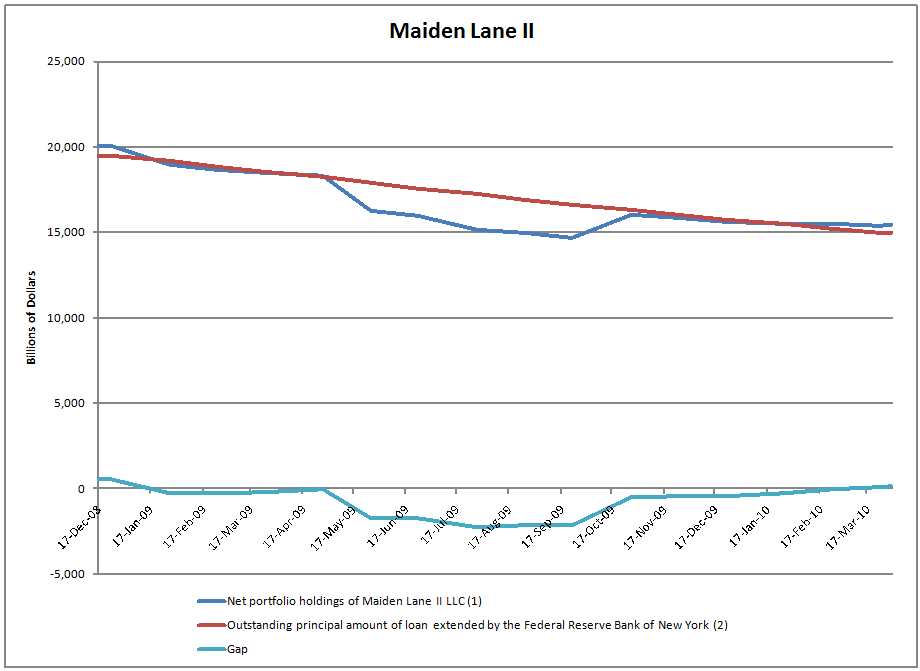What Should the US do about Housing Finance?
The US Government seeks your opinions on housing finance.? Send them here, to http://www.regulations.gov, and let them know what you think.? As for me, my opinions to their seven questions are here.? If you agree, echo them.? If you disagree, state your own case to the Treasury.
My Answers
- How should federal housing finance objectives be prioritized in the context of the broader objectives of housing policy?
There should be no housing policy.? People will house themselves, even if the government does nothing.? Charities will spring up to effect this; Americans care, but private charity is more efficient than the bureaucracy.
- What role should the federal government play in supporting a stable, well-functioning housing finance system and what risks, if any, should the federal government bear in meeting its housing finance objectives?
No role, aside from preventing and prosecuting most mortgage fraud.? Let the market regulate who gets homes.? Subsidizing housing has not led to sustainable gains in the percentage of those in single family housing.? It has led to a large amount of foreclosures, by allowing marginal borrowers to gain financing.? No surprise that there are a lot of failures.
- Should the government approach differ across different segments of the market, and if so, how?
No.? Do not discriminate.? But better, get out of mortgage finance; Fannie and Freddie have lost money since inception.? You have done horribly.? Respect that, and exit the business.
- How should the current organization of the housing finance system be improved?
Close down Fannie and Freddie.? Give the closed blocks of mortgages over to GNMA.? And after that, get out of all mortgage lending.? The government does not do it well.
Aside from that, phase out the mortgage interest deduction.? It has seduced many into buying more than they can afford.? Better to have lower housing prices that people can afford without subsidy.
- How should the housing finance system support sound market practices?
Ban mortgages where payments can rise by more than 20% over the original payment.? Even above average people are lousy at understanding mortgage terms.? Payments must be capped.? That means fewer people will get mortgages, but most of those denied should not get mortgages.
Beyond that, insist that all mortgages have 20% down, with no second liens or mortgage insurance. ?In the short run, that will slow origination, but in the long run, it will lead to health in the mortgage sector.
- What is the best way for the housing finance system to help ensure consumers are protected from unfair, abusive or deceptive practices?,
Most of the unfair, abusive or deceptive practices stem from two areas: 1) loan payments that can rise too much.? My 20% cap on rises in mortgage payments would solve that easily.? But there is 2) Appraisal abuse.? There is no incentive for appraisers to do the right thing, so eliminate them, and let the 20% down payment be the protection against default.
- Do housing finance systems in other countries offer insights that can help inform U.S. ?reform choices?
The US is unique, given its risk-taking culture, and the use of private entities to title land.? I don?t think that other nations have relevant data to help us, aside from basic ideas like ?Don?t overlend.?
Those are my thoughts, and I will relay them to the government.? I hope that you do the same, whether you agree with me or not.




